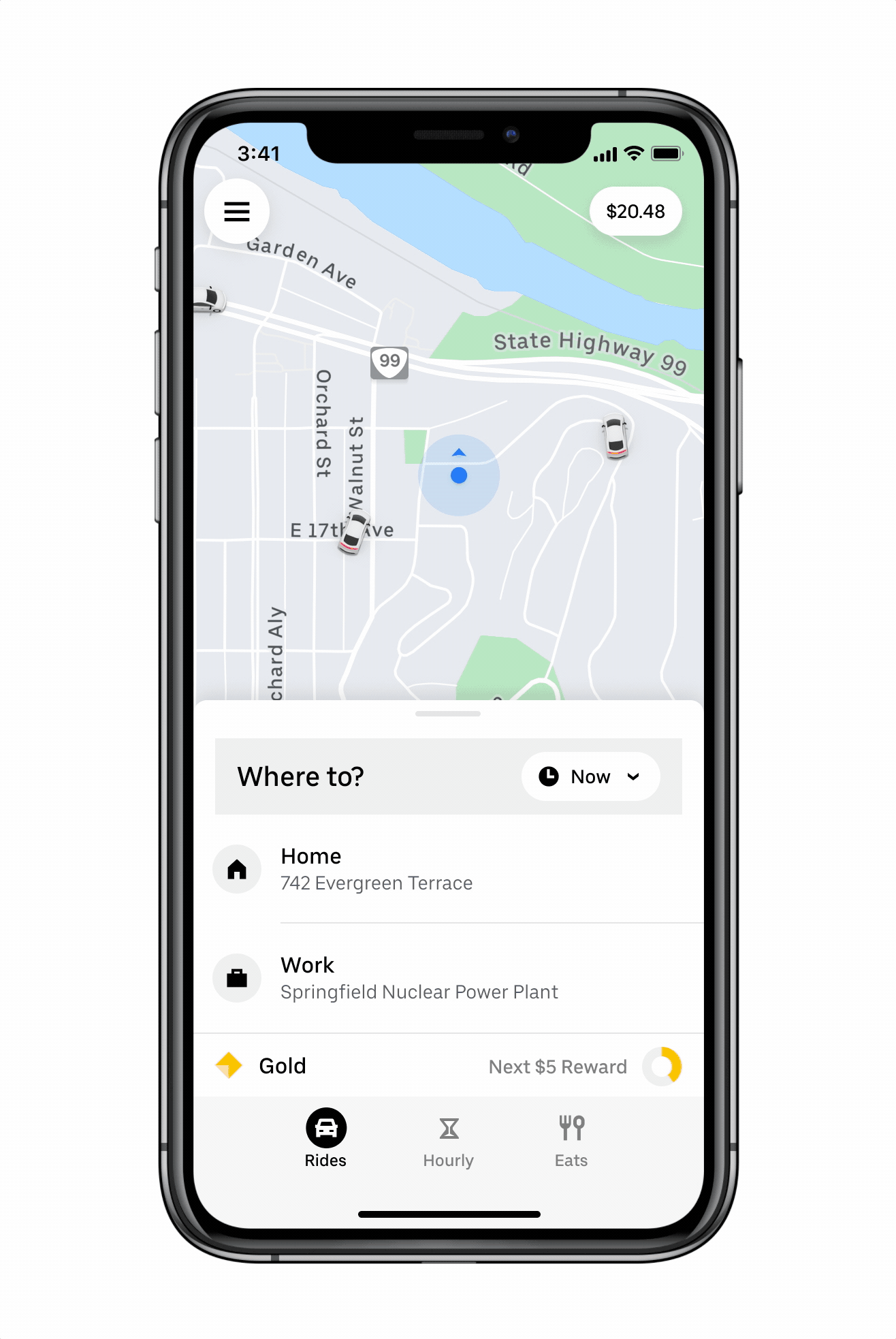Uber is bringing a new feature to the U.S. that lets users book rides for $50 an hour and make multiple stops as the ride-hailing company tries to respond to changing consumer needs during the COVID-19 pandemic.
The hourly booking feature, which is already available in a handful of international cities in Australia, Africa, Europe, and the Middle East, will launch in a dozen U.S. cities beginning Monday. The product will be available in Atlanta, Chicago, Dallas, Houston, Miami, Orlando, Tampa Bay, Philadelphia, Phoenix, Tacoma, Seattle and Washington D.C. Uber said it expects to expand into other U.S. cities in the coming weeks.
Uber made the move in an effort to offer riders a more convenient way to get things done, and to provide an additional earnings opportunity for drivers as we move forward in this ‘new normal,’ Niraj Patel, director of rider operations at Uber said in a statement.
Riders who want to use the new feature start by selecting “hourly” in the app and then entering their initial stop. Riders can see the $50 hourly rate at a glance and compare to other options before committing to the trip. The rider selects the expected hours and can enter in multiple stops — as many as three including the destination.
There are limitations to the feature, including mileage. In some cities, the hourly booking feature only allows drivers to travel up to 40 miles. Trips that travel farther than the mileage limit will be charged to the rider at a per mile rate. The same rule applies to trips the run over the booked hour; riders will be charged per minute over the hour.
Hourly booking cannot be used to travel to or from airports and trips must be within a city service area. The $50 hourly rate excludes tolls and surcharges.
from TechCrunch https://ift.tt/2XK5Lpg
via IFTTT

Comments
Post a Comment